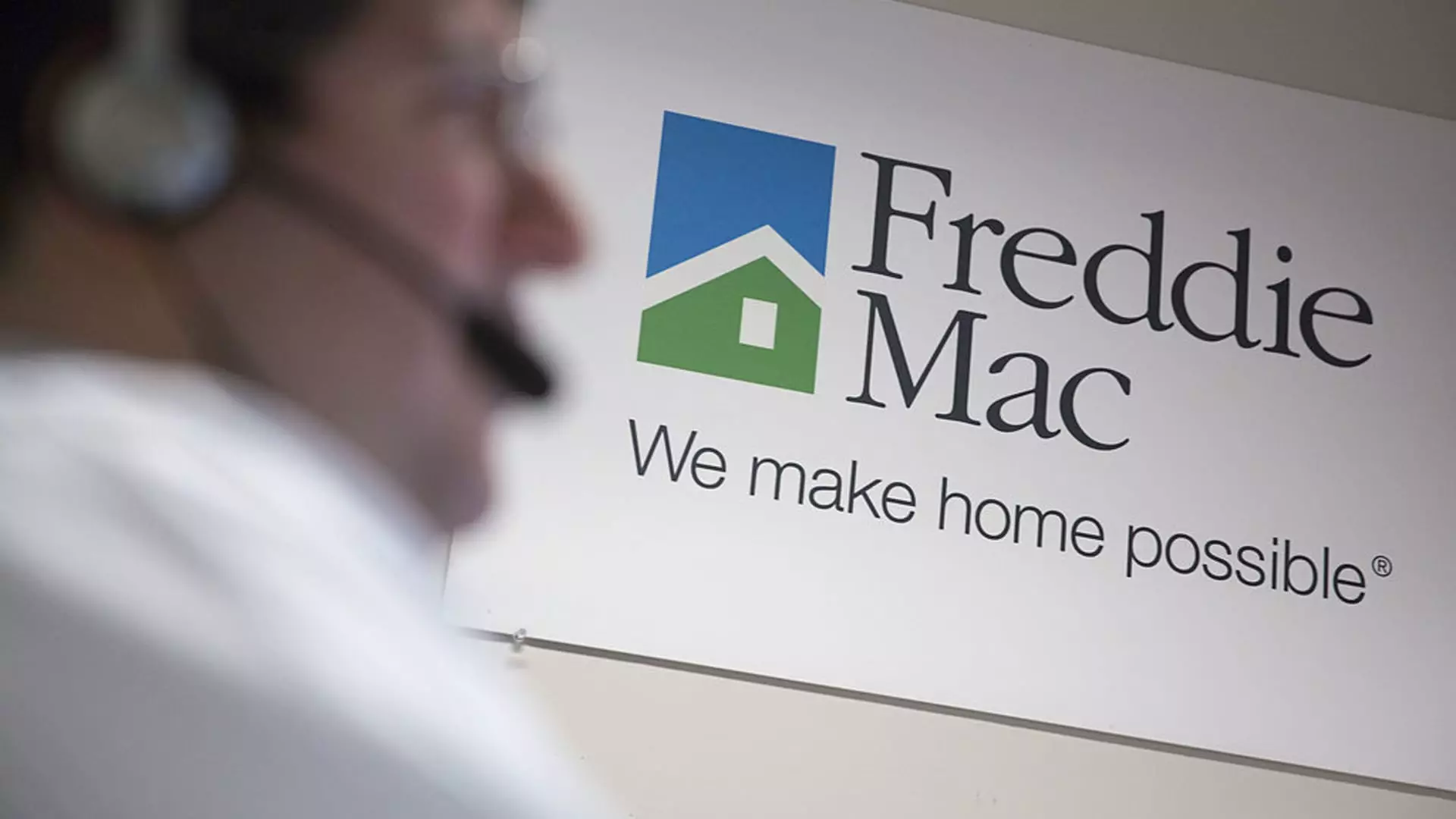The landscape of the U.S. mortgage market is heavily influenced by two key players: Fannie Mae and Freddie Mac. These government-sponsored enterprises (GSEs) have been under the control of the federal government since the global financial crisis of 2008, which propelled them into conservatorship. As political dynamics evolve, discussions surrounding their potential return to private markets have intensified, particularly within the current administration. This article delves into the implications of potential privatization, the risks associated with operating under government conservatorship, and the broader impact on the housing market.
Fannie Mae and Freddie Mac were placed into conservatorship during a tumultuous period in American financial history. As a result of reckless lending practices and a collapsing housing market, these once-stable entities required significant intervention to avert their collapse. By extending substantial lines of credit—amounting to $100 billion each from the Treasury Department—federal authorities sought to stabilize the mortgage market and mitigate the damage caused by rising foreclosure rates. An estimated 3.8 million homes were lost during the crisis between 2007 and 2010, underscoring the urgency of such interventions.
In the wake of the crisis, Fannie Mae and Freddie Mac have returned significant amounts of capital to the Treasury, exceeding $300 billion in repayments. However, their status as GSEs continues to raise critical questions regarding the alignment of national interests, risk management, and taxpayer exposure. Mark Calabria, former director of the Federal Housing Finance Agency, articulated that although the economy shows signs of resilience, the prevailing structure still poses risks to taxpayers, particularly in light of potential downturns.
Having been under conservatorship for over a decade, Fannie Mae and Freddie Mac’s operations now reflect an inherent tension between public accountability and private efficiency. While government oversight theoretically provides stability, it can constrain innovation and responsiveness in a market that requires agility. The heavily leveraged positions of these entities—estimated at a ratio of about 1,000 to 1—demonstrate how their capital structures are fraught with risk, making them vulnerable during economic downturns.
Critics argue that maintaining such a system effectively leaves taxpayers vulnerable to the failures of these enterprises. With memories of the 2008 crisis still fresh, the housing finance system stands at a critical juncture. A transition back to a fully private market could mitigate the risk of taxpayer-funded bailouts, although experts like Calabria caution that improvements in governance and capital situated within the GSE framework are essential for long-term stability.
The topic of privatization is complex, with proponents and opponents presenting compelling arguments. Proponents like Mark Zandi argue that without explicit government backing, mortgage rates could spike by 60 to 90 basis points, creating heightened affordability issues for potential homeowners. However, advocates of privatization counter that a market-driven approach could incentivize efficiency and foster competition, potentially lowering costs in the long run.
Moreover, key changes enacted in 2019—such as ending the profit sweeps—have paved the way for Fannie Mae and Freddie Mac to operate in a more capitalized environment. This fundamental shift could herald a new era for these entities, granting them the financial muscle necessary to thrive in a competitive private sector.
As discussions around the future of Fannie Mae and Freddie Mac gain traction, navigating the balance between public oversight and private enterprise remains a pivotal challenge. The stakes are high, as the mortgage market’s stability affects millions of Americans. Policymakers must weigh the lessons learned from prior crises against the benefits of innovation and efficiency that a privatized system may offer.
The path forward for these mortgage giants will require careful deliberation and a nuanced approach to service the nation’s housing finance needs while minimizing risk to taxpayers. Whether the next steps will lead to a return to privatization or maintain the status quo remains to be seen, but the outcome will undoubtedly shape the U.S. real estate landscape for decades to come.


Leave a Reply